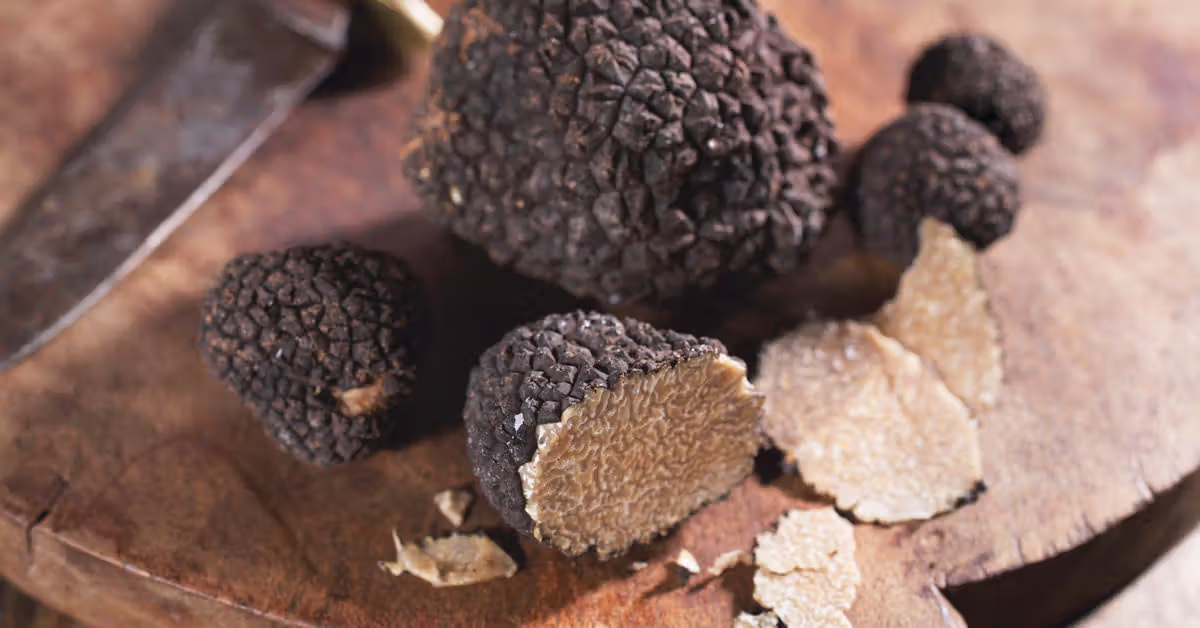In the world of fine dining, few ingredients command the reverence and intrigue that white truffles do. These elusive treasures of the earth are not only a culinary delight but also a symbol of luxury and exclusivity. White truffles, scientifically known as Tuber magnatum, are a type of edible fungi that grow primarily in the Piedmont region of Northern Italy, with smaller quantities found in neighboring countries like Croatia and Slovenia. Their unique flavor, combined with their scarcity, makes them one of the most sought-after ingredients in the world of gastronomy.
The Hunt for White Gold
The journey of white truffles from the forest floor to the dining table is a fascinating one. Unlike their cultivated cousins, the white truffle cannot be farmed. Instead, it must be hunted in the wild, a task that requires the keen sense of specially trained dogs or pigs. These animals are used to sniff out the truffles due to their ability to detect the strong, distinctive scent of the fungi from several inches beneath the ground.
The hunting season for white truffles typically runs from late September to December, with the peak season in November. During this time, truffle hunters, known as “tartufai,” scour the forests under the cover of secrecy, as the exact locations of the best truffle grounds are closely guarded secrets. The unpredictable nature of truffle growth, influenced by the weather and the terrain, adds to the allure and mystique of these subterranean treasures.
A Unique Flavor Profile
What makes white truffles so special is their unique flavor and aroma. Described as a combination of garlic, mushrooms, and a hint of truffle oil, white truffles have a distinct, earthy scent with notes of hazelnut and honey. This complex flavor profile is unlike anything else in the culinary world, making white truffles a prized ingredient that can elevate even the simplest dishes to new heights.
Chefs around the world covet white truffles for their ability to add depth and richness to a variety of dishes. They are often shaved over pasta, risotto, and polenta, where their flavor can shine through. The truffles are also used in combination with eggs, meats, and cheeses, where their aroma can be fully appreciated.
A Symbol of Luxury
Due to their rarity and the labor-intensive process of hunting, white truffles come with a hefty price tag. They are often referred to as “white gold” or “the diamond of the kitchen,” reflecting their status as one of the most expensive foods in the world. The cost of white truffles can vary greatly depending on their size, quality, and the season, but they can fetch thousands of dollars per pound at auction.
Despite their cost, white truffles remain a coveted ingredient among gourmands and food enthusiasts. They are often featured in exclusive tasting menus at high-end restaurants, where diners are willing to pay a premium for the opportunity to experience their unique flavor.
Sustainability and Conservation
As the demand for white truffles continues to grow, so does the need for sustainable practices to ensure their survival. The wild nature of truffle hunting means that there is a risk of overharvesting, which could lead to the depletion of truffle populations. Conservation efforts are therefore crucial to protect the habitats where truffles grow and to ensure that future generations can also enjoy this culinary treasure.
In conclusion, white truffles are more than just an ingredient; they are a gastronomic experience that embodies the essence of fine dining. Their unique flavor, combined with their rarity and the intrigue of the hunt, makes them a true underground treasure. As we savor the taste of white truffles, it is important to remember the delicate balance between indulgence and conservation, ensuring that this precious gift from the earth remains a part of our culinary heritage for years to come.
